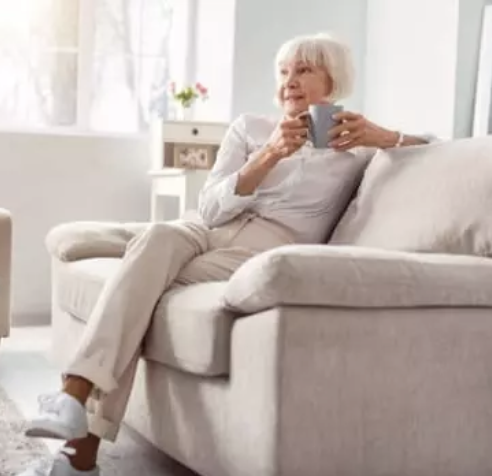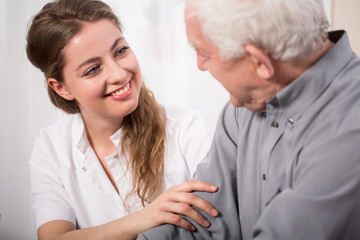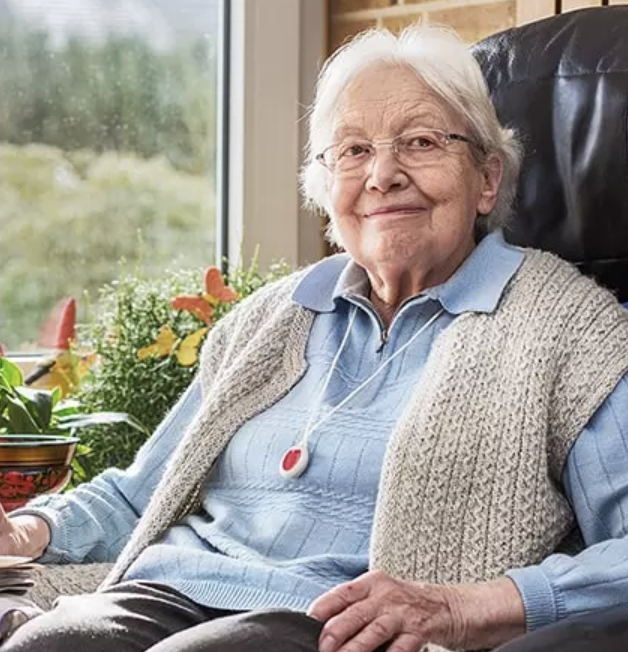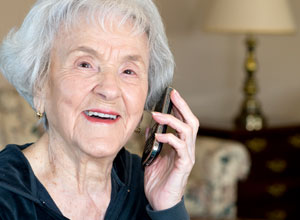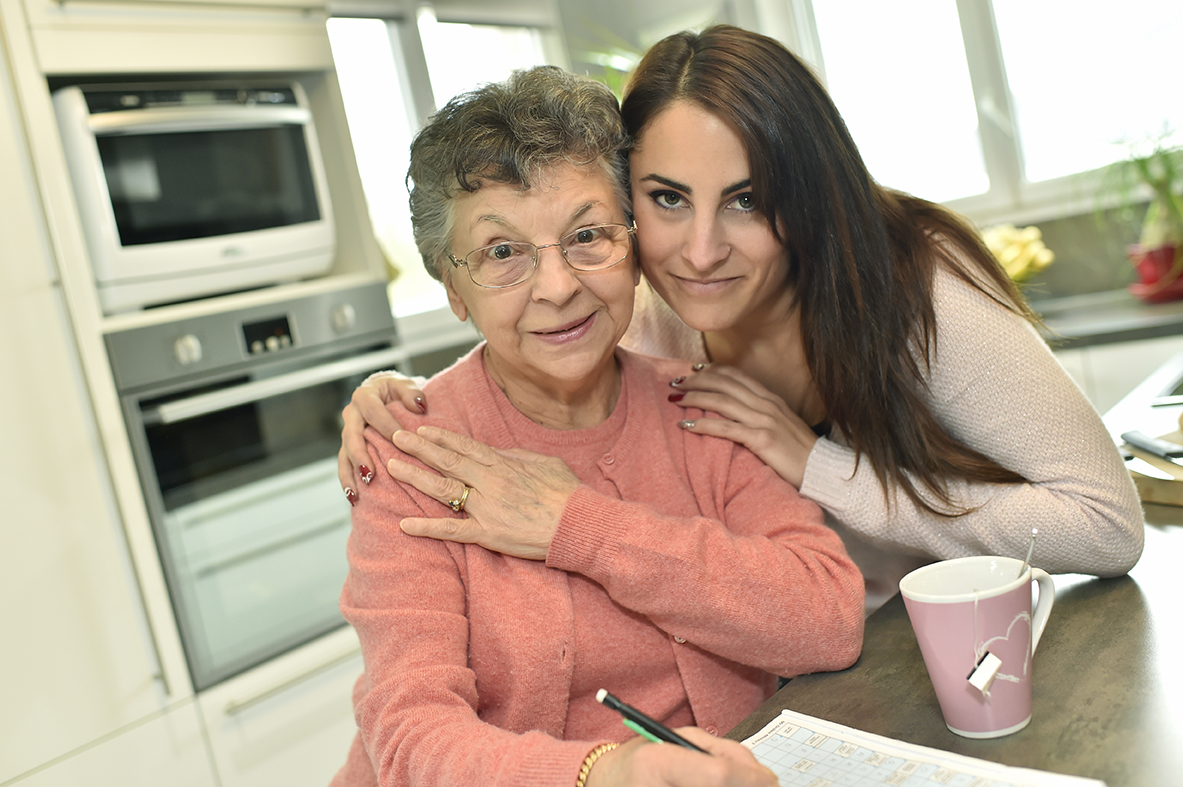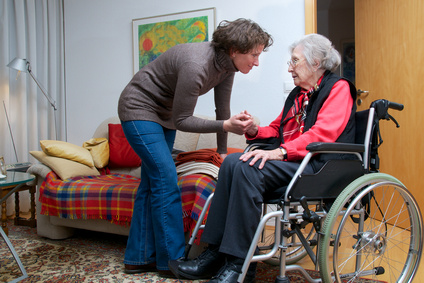
When we think of scoliosis, we often associate it with adolescents, but did you know that scoliosis can also affect seniors? Scoliosis is a condition characterized by an abnormal curvature of the spine. While it's more commonly diagnosed in young individuals, it can develop or worsen in older adults due to age-related changes in the spine. In this article, we will examine scoliosis as a common age-related spinal condition, detailing its symptoms, diagnosis, and available treatment options for elderly individuals.
Understanding scoliosis in seniors
Find YOUR ideal care home NOW!
Scoliosis is a condition where the spine curves sideways in an "S" or "C" shape, rather than its natural straight alignment. In seniors, age-related changes in the spine, such as degeneration of spinal discs and weakening of spinal ligaments, can contribute to the development or progression of scoliosis. These changes can result in the following types of scoliosis in seniors:
-
Degenerative scoliosis: This occurs due to the breakdown of spinal discs and facet joints, leading to curvature and spinal instability.
-
Idiopathic scoliosis: Some older adults may have undiagnosed or mild scoliosis from their youth, which can worsen over time due to age-related changes.
Symptoms of scoliosis in seniors
Scoliosis in seniors can present with various symptoms, including:
-
Back pain: Chronic back pain is a common symptom, particularly in cases of degenerative scoliosis.
-
Reduced mobility: Seniors with scoliosis may experience limited mobility and stiffness in the spine.
-
Change in posture: An observable change in posture, such as leaning to one side or having uneven shoulders or hips, may be apparent.
-
Nerve compression: Severe cases of scoliosis can compress nerves, leading to leg pain and weakness.
Diagnosis and evaluation
Diagnosing scoliosis in seniors involves a comprehensive evaluation by a healthcare provider. This typically includes:
-
Medical history: A thorough review of the patient's medical history, including any previous scoliosis diagnoses or back-related issues.
-
Physical examination: A physical examination to assess the spine's curvature, alignment, and range of motion.
-
Imaging: X-rays or other imaging studies, such as MRI or CT scans, may be ordered to obtain detailed images of the spine and assess the degree of curvature.
Treatment options for seniors with scoliosis
The treatment of scoliosis in seniors depends on the severity of the condition and the individual's overall health. Common treatment options include:
-
Physical therapy: Physical therapy exercises can help improve mobility, strengthen the muscles surrounding the spine, and alleviate pain.
-
Pain management: Pain relief techniques may involve medications, epidural injections, or nerve blocks to manage chronic back pain.
-
Bracing: In some cases, a brace may be recommended to provide support and prevent further curvature progression.
-
Surgery: Surgical intervention may be considered for severe cases of scoliosis that cause significant pain, neurological symptoms, or spinal instability. Surgical options include spinal fusion and instrumentation to correct the curvature.
Non-Surgical vs. Surgical Treatment Options for Scoliosis in Seniors
| Treatment Type | Methods | Benefits | Best For |
|---|---|---|---|
| Non-Surgical | Physical therapy, pain management, bracing | Improves mobility, reduces pain, and avoids surgery risks | Mild to moderate scoliosis with manageable symptoms |
| Surgical | Spinal fusion, instrumentation, and decompression surgery | Corrects curvature, relieves nerve compression, improves stability | Severe scoliosis with significant pain or nerve involvement |
Scoliosis is not limited to adolescence and can affect seniors due to age-related spinal changes. Recognizing the symptoms and seeking prompt diagnosis and treatment is essential for preserving the quality of life for elderly individuals with scoliosis. By understanding this condition and the available treatment options, seniors and their healthcare providers can work together to manage the condition effectively, alleviate pain, and improve mobility, enabling them to enjoy a more comfortable and active lifestyle in their later years.
FAQ:
What causes scoliosis in seniors?
Scoliosis in older adults is primarily caused by age-related spinal degeneration, which weakens the spine and causes curvature.
Is scoliosis painful for seniors?
Yes, scoliosis can cause chronic back pain, nerve compression, and reduced mobility, but severity varies from person to person.
Can scoliosis worsen with age?
Yes, degenerative scoliosis can progress over time as spinal discs and joints continue to deteriorate.
What is the best treatment for scoliosis in seniors?
Treatment depends on severity—physical therapy and pain management for mild cases, while surgery may be needed for severe cases.
Can scoliosis be treated without surgery in seniors?
Yes, physical therapy, bracing, pain relief methods, and exercise can help manage symptoms without surgery.
How does scoliosis affect daily life for seniors?
Seniors may experience difficulty standing upright, back pain, limited mobility, and balance issues due to scoliosis.
Is exercise safe for seniors with scoliosis?
Yes, low-impact exercises like swimming, yoga, and stretching can help improve flexibility and strengthen the spine.
When should a senior consider scoliosis surgery?
Surgery is considered when scoliosis causes severe pain, nerve compression, or limits daily activities despite other treatments.
Need help finding a care home?
Senior Home Plus offers free personalized guidance to help you find a care facility that suits your health needs, budget, and preferred location in the UK.
Call us at 0203 608 0055 to get expert assistance today.
Do you need a care home for yourself or your loved one?
Search for Care Homes by Region
| East Midlands | Eastern | Isle of Man |
| London | North East | North West |
| Northern Ireland | Scotland | South East |
| South West | Wales | West Midlands |
| Yorkshire and the Humber |
Share this article :
Latest posts
You are looking for an establishment for your loved one ?
Get availability & prices
Fill in this form and receive
all the essential information
We would like to inform you of the existence of the opposition list for telephone canvassing.

